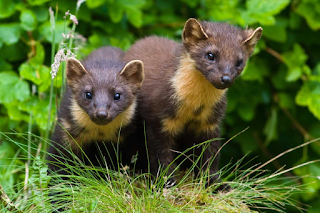
Both males and females grow to an average length of 75 cm. The smooth snake is a non-venomous specie but will bite aggressively if felt threatened. It feeds on smaller animals than it's self, It's favorite things to eat are reptiles. It is also one of the rarest reptiles in the UK!

4. Caspian Whip Snake - Coluber caspius
The Caspian Whip Snake is a non- venomous species,but is the most aggressive snake found in Europe!!! And it is also the largest snake in Europe, growing up to 200 cm long! It eats small mammals. lizards, birds and other snakes!
3. Leopard snake - Zamenis situla

The European Rat Snake is a non venomous specie. Adults reach the length of 90-100 cm long. It usually lays 3 to 8 eggs per clutch, hatching between 50 and 73 days. It is native to: Albania, Bulgaria, Greece, Italy, Malta, Turkey and Ukraine.
2. Horned Nosed Viper - Vipera ammodytes

I have only seen this snake twice and I think it is one of the most calm and beautiful snakes in Bulgaria. It is a highly venomous snake, in fact it is the most venomous snake found in Europe, but
very rarely bites, as it is so calm. They are small snakes only growing up to 60-75 cm long. Adults feed on birds and small mammals, juveniles mainly eat lizards and other small reptiles.
1. Four- lined snake - Elaphe quatuorlineata

The Four-Line Snake is a non-venomous snake, it is also one of the largest snakes in Europe growing up to 180 cm. They eat: Rabbits, mice, squirrels, birds, lizards and tortoise eggs. Females lay up to 18 eggs per clutch!!
Thanks for reading my blog!!
I found this new awesome video platform called Viuly, I started using it a few months ago and I upload nature videos on it regularly. I really like it because it pays you to watch and upload videos. If you wanna check out my nature videos on Viuly you can sign up from HERE!! It will earn me and you a bit of cash if you do!! Thanks ;) Or if you want to watch my videos on You Tube click here ;)
My Channel ;)











